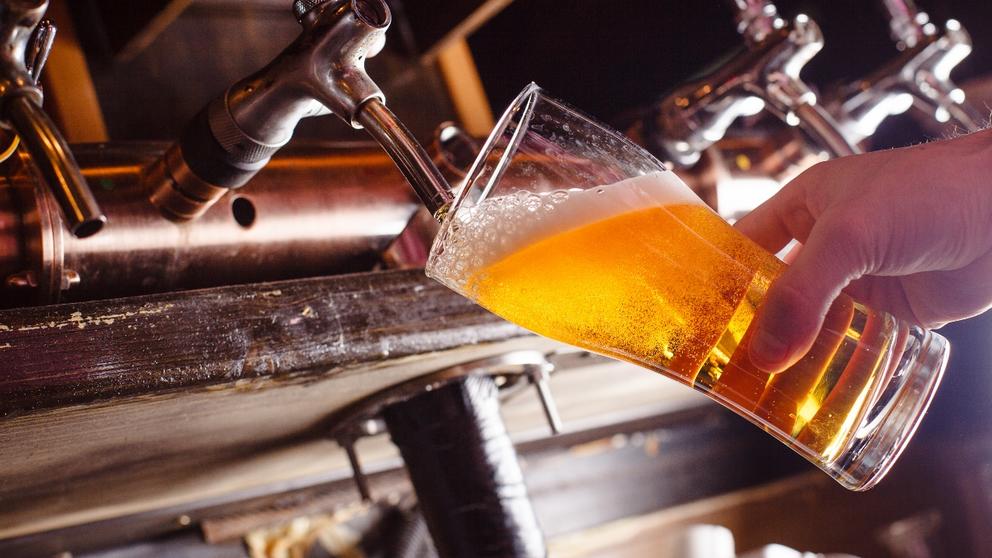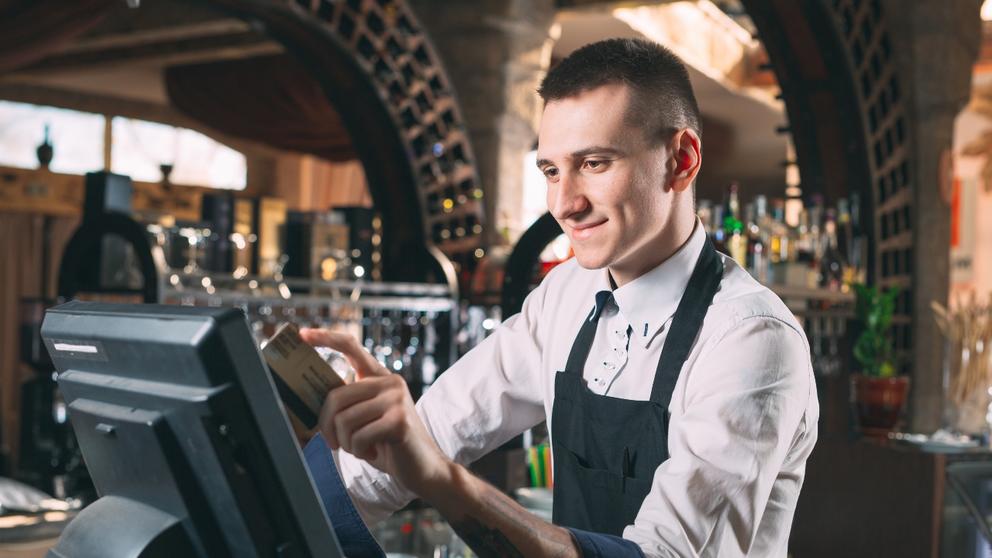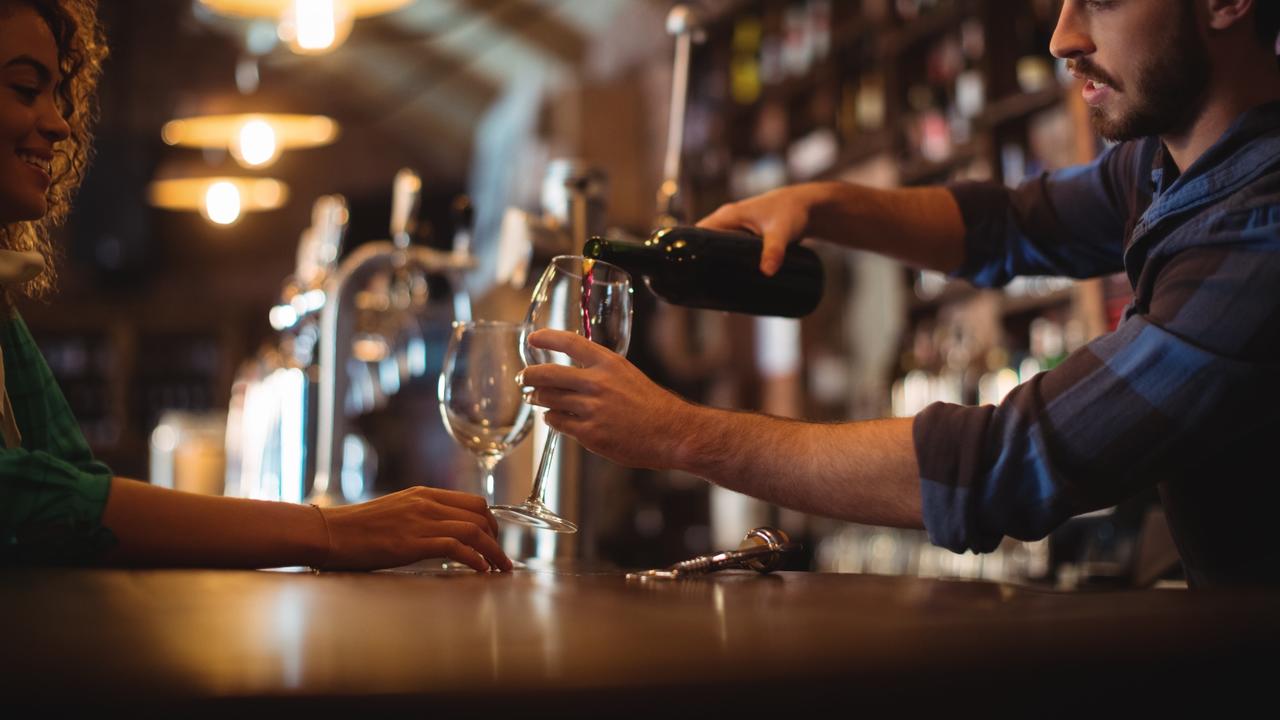A bar is a working machine that requires people to operate it and most importantly it needs to be well designed in order to function at optimum capacity. A poorly designed bar space, like a poorly designed machine, will not allow its moving parts - your bartenders - to move fluidly and with ultimate efficiency. Unfortunately there is no “one size fits all” concept for building a bar, and if you, or any of your business partners, don’t have any bartending experience then begin by consulting and brainstorming with friends you may have in the industry. Itching to begin working on planning your bar space? We’ve got all the points of consideration right here to get you started!
Your Bar and Your Bar Program
Your bar program is your bar. You could be opening a beer hall, a sports bar, a dance club, a wine bar, or a multitude of other styles of bar. Each has its own niche and each requires different amounts and quantities of product behind it. This is where the “one size fits all” mantra fails. If you use a standard bar setup your bar operations are probably going to be clunky when you’re running at full tilt because what you have isn’t catering to your specific needs. When looking through the rest of these points always keep the expression “your bar program is your bar” in your mind.
Draft Beer

Are you going to have beer on tap at your location? The answer to this is more than likely going to be yes. Here the decision needs to be made as to whether you’re going to have a keg room in your location or a kegerator under your bar. Your location may already have the perfect beer cellar, or keg room, available for you and all you have to do is put in the draft system to wherever your taps are going to be located. However, if you’re short on space back-of-house, a kegerator under your bar is a very good option to consider. However, a kegerator does come with the disadvantage that you cannot store backup kegs in it, making it much more laborious and time consuming to change one during a shift.
Whichever of these options you choose, placement of your beer taps on your bar is very important and, unless you’re designing your bar specifically for its aesthetic appeal, they should probably be placed front and centre in order to facilitate ease of use for those working behind your bar. It also allows the taps to advertise themselves, mitigating the quantity of “what beers do you have on tap?” questions that your bartenders will undoubtedly get asked.
Well Space and Setup
Your well is going to be the most detail focused part of the design for your bar. Depending on the style of bar you’re planning on installing in your location, and said location’s capacity, you’re probably going to need multiple wells. If you’re also practicing table service in your establishment then the well which services this element of your business needs to be your primary well, stocked with everything a bartender will regularly need during a service.
Your primary or service well is going to need to be planned out carefully so that it fits the quantity and variety of items your bartenders are going to need in order to create popular drinks as well as the craft cocktails on your menu. There should be adequate space for any and all liquors and liqueurs which the bartender will need, as well as appropriate space for garnishes, mixers, juices, syrups and other in-house concoctions; to store all of the above you might need a separate ice well next to the service ice well which can store all of these items at the correct temperature.
Your service well will be your main well with all of these items in it, all of your other wells will have a more minimal setup, with the right product to make well drinks, some popular cocktails, classic and craft, as well as some popular call liquors. Your secondary wells can be strategically placed around the bar area however the service well should be placed in the optimum place for the servers and bartenders. It should, preferably be the closest well to your draft system, for ease of use for the bartender. Equally it should also be tucked slightly away from the crowds so that your servers are not constantly trying to shoo away customers from their space, and fight through the crowds around your bar.
Backup Stock
There should be a space on your bar which functions as backup storage of your most popular items, such as well liquors, overly popular call brands and the liquors used on your craft cocktail menu. This storage is usually out of the way but easily within reach, either under the front bar, in a cupboard on the back bar, or an inconspicuous shelf at the end of the bar. The importance of backup storage for your common pours cannot be understated; just think of how far away your liquor room is, how long would it take a bartender to get there and back during a busy service? This would just be time wasted when they could be making drinks, servicing your guests and making your business more money.
Other Littler Things to Consider

When planning your bar you’re going to want to go down to the smallest detail. Remember that “your bar program is your bar” and you should plan around this. How large is your fridge going to have to be to store enough of all the beer and wine you’re going to sell? Will it also fit all your cut fruit, juices and syrups when your bar is not open? How high is your highest bar shelf, are your employees going to need a step or ladder to reach it? Or, moreover, should they even need a step or ladder to reach it? Probably not. Where are your drains located, and are they easily accessible in the event of a mishap or a backup. Where are you going to put your POS(s) (Point of Sale) so that it’s in the most effective place for your employees.
There are an innumerable amount of small details that need to be looked at but which we just don’t have space for in one article. But you don’t need us to bring all of these to your attention, we’ve already focussed on the items which will have a big impact on the speed and quality of the service from behind your bar. When deciding on every element of your bar take into account the effects, negative or positive, which it may have on the level and speed of the service from behind your bar.
Our final note is too discuss all of this in relation to inheriting a bar. If you’re inheriting an already planned out bar space then don’t assume that it’s already designed for success; for one thing you may be reopening it as a totally different style of bar to what it was before. If you are inheriting a bar, see if you can track down one of the venues former managers or bartenders and ask them if there was anything that stood out to them that needed to be adjusted or changed behind that bar to increase the speed and quality of service to your guests. As mentioned above, comb over every detail as you go through the setup of your bar and ask yourself “is this efficient”? Because you’re probably not going to be able to change much around after you’ve wired, plumbed and put it all in its place.

